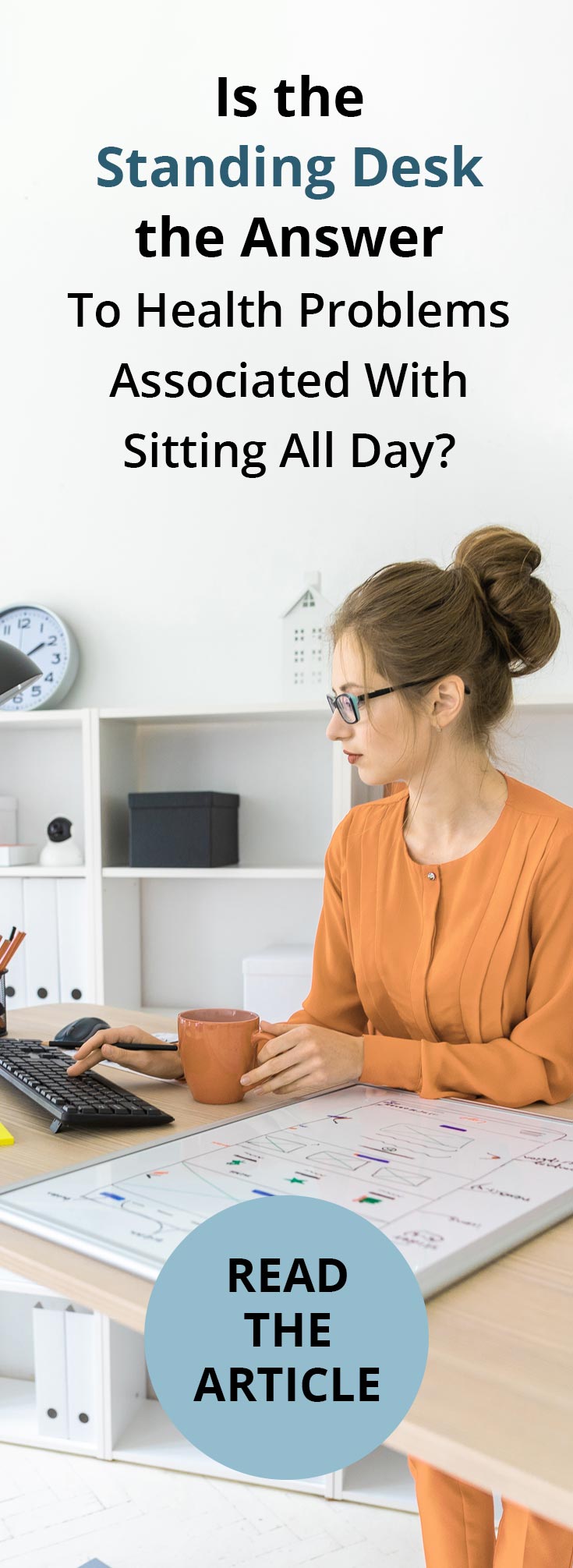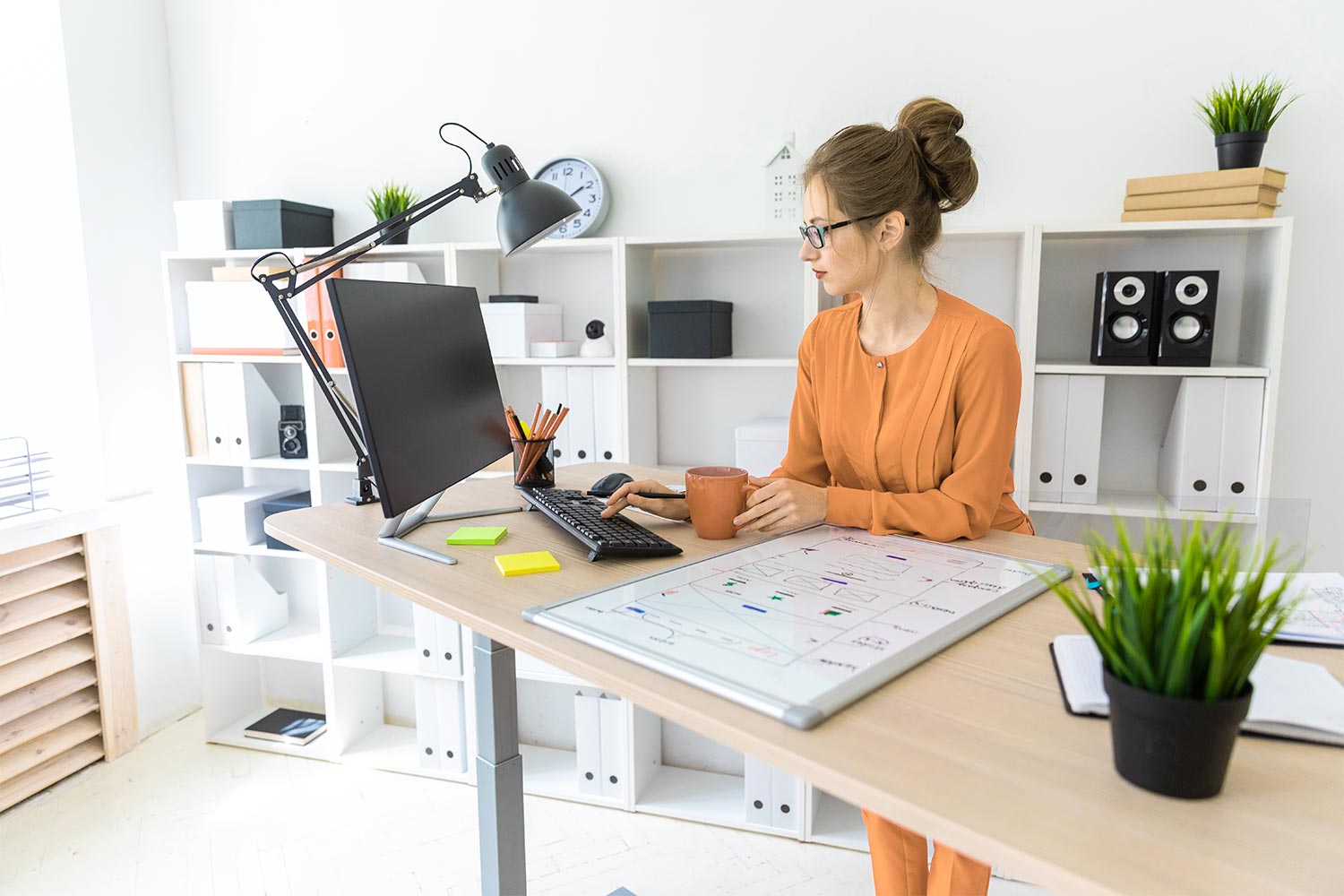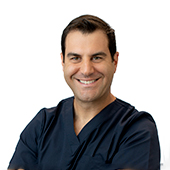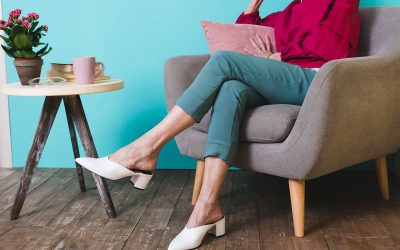Over recent years, the negative health consequences of sitting all day have become well known. We sit in our cars on the way to work, we sit at the desk all day and then we go home and sit our tired selves in front of the television. Put simply, sitting all day is bad. But is a standing desk really any better for us?
What does sitting all day do to our bodies?
Our lives have dramatically changed over recent decades with more and more people sitting in front of computers from 9am to 5pm while hard at work. While we may have become more efficient in our work lives, our bodies don’t agree. Sitting for extended periods of time has been linked to a number of serious health concerns, including obesity or excess body fat, abnormal cholesterol levels and even an increase in blood pressure. Spending too much time in chairs through the day also increases the risk of death from cardiovascular disease and cancer.
Studies have found that people who sit for eight hours or more a day on average workday, with no physical activity, face similar risks to those posed by obesity and smoking. While this is something to be concerned about, those same studies found that just over an hour of moderately intense physical activity a day countered the effects of too much sitting.
Are standing desks a better option?
An increasingly common solution many workplaces have adopted to counter the impact of sitting all day is the inclusion of standing desks. However, what many people don’t realise is that standing for too long can exacerbate existing health problems or result in varicose veins – abnormal veins that fail at their chief purpose of returning blood from the extremities to the heart and lungs.
Unfortunately, standing desks are simply not the smarter health choice they have been marketed as in the past. Multiple studies have found the same result – prolonged standing at work is associated with a number of health problems. These include lower back and leg pain and discomfort, cardiovascular problems, fatigue, and the development of varicose veins. The more time spent standing at work, the more likely you will suffer from these problems.
A recent study published in the journal Ergonomics found that using standing desks saw an increase in discomfort levels in all body areas and a deterioration in sustained attention time, providing not just physical pain but mental difficulties too.
What causes varicose veins?
Varicose veins usually run in the family. If one parent has had a venous disease you have about a 33% chance of developing vein problems; with both parents this increases to about 90%. Contrary to popular belief, both men and women are affected. It may be noticed earlier in women as symptoms can be exacerbated by pregnancy. Different people will present with varied symptoms, so it’s important to talk to a professional about your varicose veins as they can lead to serious problems if left untreated.
What’s the verdict on sitting or standing at work?
Sitting and standing at work both pose their own health problems. The most important thing to do is to listen to your body and pay attention to any changes you observe.
To minimise the harm from either a standing or a sitting desk, choosing to embrace a combination of the two is considered best practice. Adjustable desks that allow for a transition between standing and sitting are a great alternative to limiting yourself with one option.
Always stretch your legs, pay close attention to your posture and regularly find opportunities to get moving to keep your body active without exhausting it. Why not take your next phone call while walking a lap around the office or force yourself out of the building for your lunch break? The right footwear and compression stockings can also help reduce the risk of varicose veins by promoting healthy circulation.
Ultimately, it’s up to you to make the best decision for your personal circumstances, but too much of anything can have negative effects.
Key Takeaways
- While sitting all day at work can have negative health implications, standing all day at a standing desk can also have its problems, including lower back and leg pain and discomfort, cardiovascular problems, fatigue, and the development of varicose veins.







